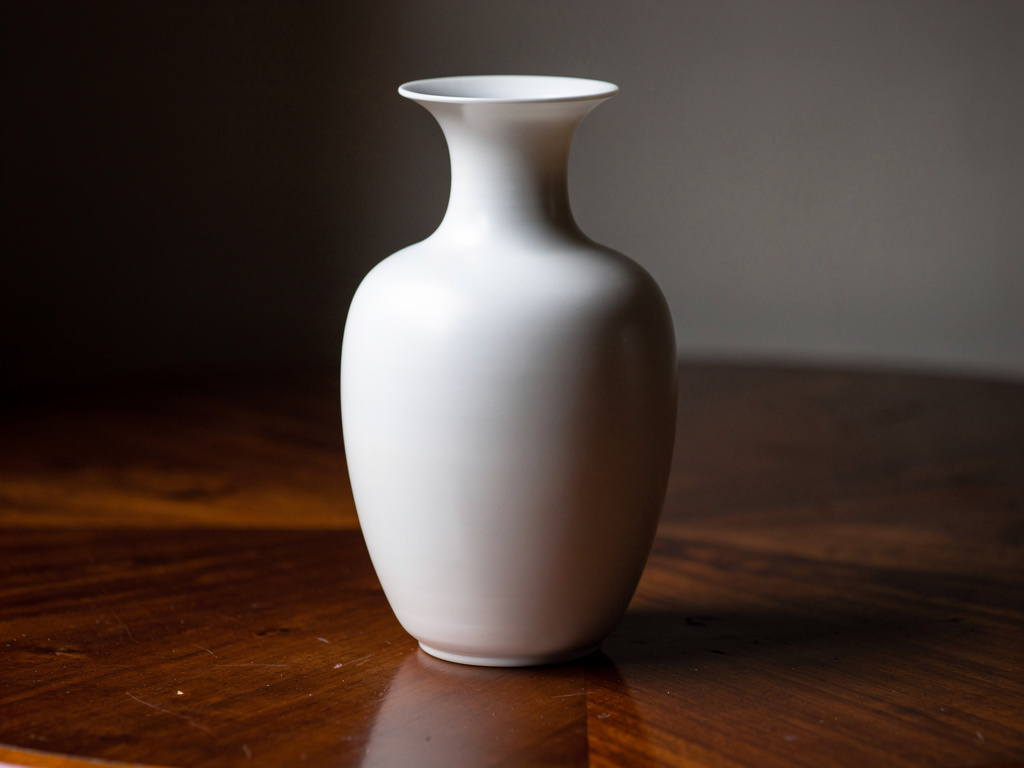Flux 2 Flex Image to Image
Input
You can type @{field} to reference a core field.
×Hint: Drag and drop files from your computer, images from web pages, paste from clipboard (Ctrl/Cmd+V), or provide a URL.
Customize your input with more control.
Result
Your request will cost $0.06 per megapixel on both input and output side, rounded up to the nearest megapixel. For example, a 1024x1024 image will cost $0.06, and a 1920x1080 image will cost $0.12 ($0.06 × 2 megapixels). Similarly, a 512x512 output will cost $0.06 ($0.06 for 0.26 megapixels, rounded to 1 megapixel).
Logs
FLUX.2 [flex] - Image Editing
Customizable multi-reference editing with surgical control over transformation quality and prompt adherence. FLUX.2 [flex] combines up to 10 reference images with adjustable inference steps and guidance tuning for context-aware edits. Whether compositing multiple product shots, refining typography in existing designs, or blending style references, flex delivers professional editing with granular cost-quality control—dial up steps for final deliverables, adjust guidance for creative vs. literal interpretations.
Built for: Multi-image product compositions | Brand asset refinement with style references | Typography corrections | E-commerce visual development | Budget-conscious editing workflows
Multi-Reference Editing with Parameter Control
FLUX.2 [flex] extends its configurable generation pipeline to image editing, understanding relationships between multiple input images while giving you direct control over the transformation process. Combine reference images, specify exact edits through natural language, and tune generation parameters to balance speed with output quality.
What this means for you:
- Multi-image composition: Combine up to 10 reference images (14 MP total input) in a single edit. Reference specific images by index ("the jacket from image 2") or let the model interpret naturally described elements
- Configurable quality control: Adjust inference steps based on edit complexity. Quick color swaps need fewer steps; complex multi-image compositions benefit from higher step counts
- Guidance scale for edits: Control how strictly the model follows your editing instructions vs. maintaining source image coherence
- Superior text rendering in edits: Industry-leading typography accuracy for correcting text in existing images, updating signage, or refining design mockups
- Natural language editing: Describe changes without masks or layers—"change the woman's jacket to the style from image 3 while keeping the background"
- Explicit image indexing: Reference specific inputs by number for precise control over which elements to use from which images
Advanced Prompting Techniques
JSON Structured Prompts
For precise control over complex generations, use structured JSON prompts instead of natural language. JSON prompting enables granular specification of scene elements, subjects, camera settings, and composition.
Basic JSON structure:
json{ "scene": "Overall setting description", "subjects": [ { "type": "Subject category", "description": "Physical attributes and details", "pose": "Action or stance", "position": "foreground/midground/background" } ], "style": "Artistic rendering approach", "color_palette": ["color1", "color2", "color3"], "lighting": "Lighting conditions and direction", "mood": "Emotional atmosphere", "composition": "rule of thirds/centered/dynamic diagonal", "camera": { "angle": "eye level/low angle/high angle", "distance": "close-up/medium shot/wide shot", "lens": "35mm/50mm/85mm" } }
JSON prompts excel at controlling multiple subjects, precise positioning, and maintaining specific attributes across complex compositions.
HEX Color Code Control
Specify exact colors using HEX codes for precise color matching and brand consistency. Include the keyword "color" or "hex" before the code for best results.
Examples:
`"a wall painted in color #2ECC71"``"gradient from hex #FF6B6B to hex #4ECDC4"``"the car in color #1A1A1A with accents in #FFD700"`
For enhanced accuracy, reference a color swatch image alongside the HEX code in your prompt.
Image Referencing with @
Reference uploaded images directly in prompts using the `@` symbol for intuitive multi-image workflows.
Usage patterns:
`"@image1 wearing the outfit from @image2"``"combine the style of @image1 with the composition of @image2"``"the person from @image1 in the setting from @image3"`
The `@` syntax provides a natural way to reference multiple images without explicit index notation, while maintaining support for traditional "image 1", "image 2" indexing.

